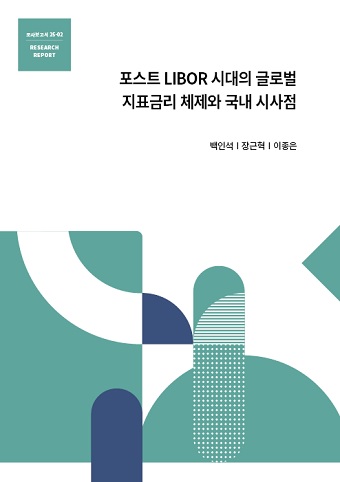Our Survey Paper provides a focused review on financial policies as well as management cases to present insights on financial market development.
64 Results

Benchmark rates are used as reference rates to determine the payoff of various financial transactions, including interest rate derivatives, floating rate loans and floating rate notes (FRNs), and have a significant impact on the operation of financia...

The structure of the housing finance, which is shaped by institutional characteristics, the degree of financial market development, and housing finance policies of each country, holds significant implications from a macroeconomic perspective. In Kore...

The global foreign exchange (FX) market, the largest among global financial markets, has traditionally relied on major banks as primary liquidity providers. However, since the late 1990s, rapid advancements in FX trading infrastructure, spurred by th...

As the sales of complex and high-risk financial products, such as Hong Kong H-index ELS and interest rate-linked DLF, have increased, the amount of damage to financial consumers due to mis-selling has also risen. Despite substantial financial losses ...